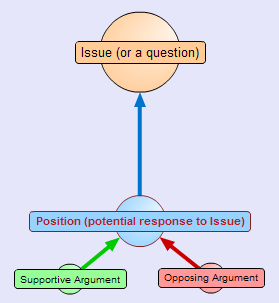Transparency and Interoperability
Across the industry we have so many solutions and varying degrees of maturity.
The goal in this prescription supplies a common and generic approach to ensure Enterprise and Business Architecture value consistently for the companies primary external stakeholder requirements.
Purpose
Ensure financial and quality standards have been applied to the industry where the two most often converge.
- Minimize the knowledge gap through a systemic approach to corporate policies.
Virtual Boundaries
The people part of any organizational culture will require the introduction of known sequences of activities. Recognition of the fact that each company will have slightly different task and different offerings.
New Value proposition for any Enterprise and Business Architecture practitioner
Provides predictive and consistent reference architectures using event driven architectures to promote the expected behaviors first without constraints.
Service Management Design
The tactics used to promote the adoption of such a generic model enables any company to realize their service management strategy through the definition of your priorities around recovery time objectives and record retention.
Configuration and Change Management
Core component for each of the service management work streams; highlights the financial and quality elements through the transition of tacit into explicit using industry and risk according to the industry. Over time the dependency on tacit knowledge will be abandoned for the consistent methods designed into the system.
Incident and Problem Management
Inserts the blueprint for the consistent measurement of risk and problem ranking with a consistent reference architecture that will highlight the dependencies across technology for accurate assessment of incidents on the organization.
EA and BA Value
Quality and Agility with Resilient and Sustainable Business, Operational, Systems and Technology.
Board of Directors and Officers
Inserts the boundaries in a virtual or logical grouping of your corporate policies; allowing fact based decision making without forcing disruptive changes.
Stakeholder Communication Strategy Internal and External
Internal - Value streams are dynamic and vary by functional team; this approach intends to supply a single point of reference for all future communications by inserting the known dependencies. Ideally serving as the map to use for decision making based on the inputs and outputs across the boundaries whether hard or soft.
Example; If marketing elects to make a data type change we must include sales who's systems must consume the outputs as their inputs to their work streams.
People, Process and Technology - Change Management
A value stream to promote the known but often overlooked or left to the skill of each resource and their motivational factors which will often be subjective. This prescription eliminates the unknowns on any proposed strategy or change by identification of a reference architecture that will promote the vital components of your configuration management domain.
Impact and Dependency Scope on all strategy and future projects
A capability to ensure the outputs from one function have consistently been transparent in any supplying visibility to all impacted stakeholders for any future changes to all impacted stakeholders during the Business Commit phase to pro-actively alert the impacted people, process and/or technology.
Predicts the external risk management facts for decision making
Value streams for external stakeholders will vary based on the strategy. in a manner that converges the dependencies and factors the known impacts.

No comments:
Post a Comment